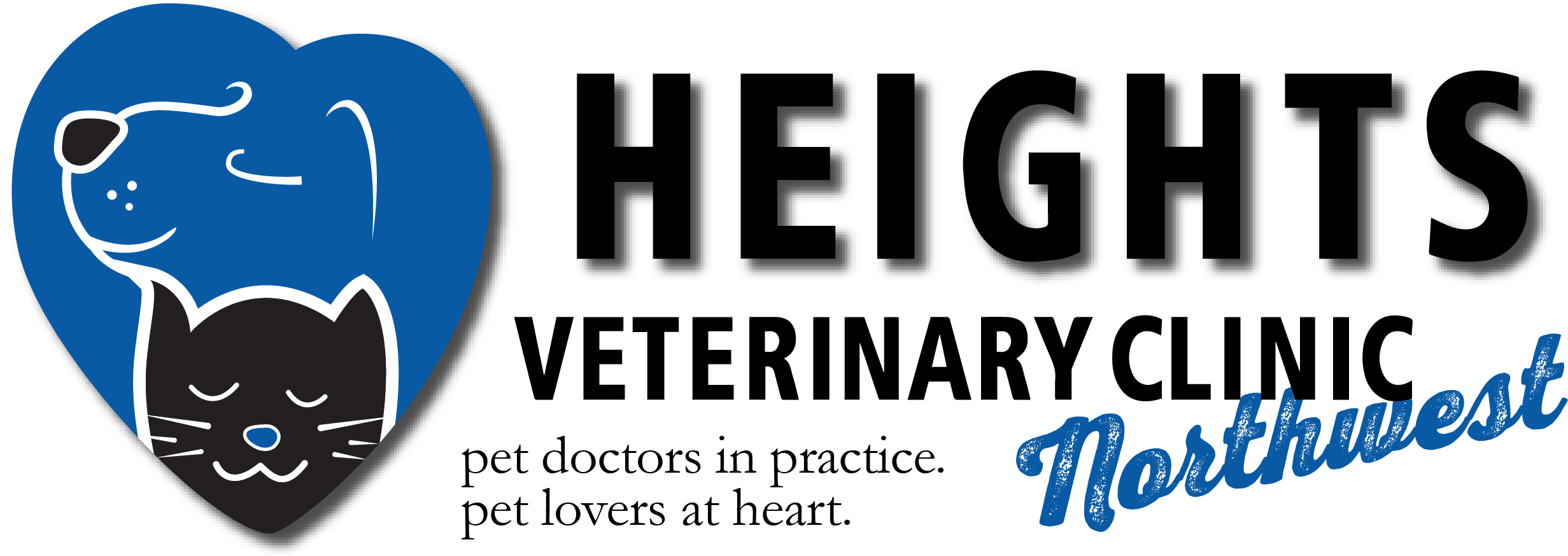Library
-
Spaying is the common term for the surgical procedure known as an ovariohysterectomy. In this procedure, the ovaries and uterus are removed to sterilize a female cat. This operation requires a general anesthetic and complications are rare. Spaying is recommended to prevent ovarian and uterine cancer, prevent unwanted pregnancy, and reduce the risk of mammary cancer and pyometra.
-
Spaying is the common term for the surgical procedure known as an ovariohysterectomy. In this procedure, the ovaries and uterus are removed to sterilize a female dog. This operation requires a general anesthetic and complications are rare. Spaying is recommended to prevent ovarian and uterine cancer, prevent unwanted pregnancy, and reduce the risk of mammary cancer and pyometra.
-
There are many health and behavioral benefits associated with spaying your rabbit, such as preventing unwanted pregnancies, reducing her risk for reproductive cancers, and minimizing the stress associated with sexual frustration. This handout explains the surgical procedure, post-operative care at home, and, although rare, possible complications that may occur.
-
An ovariohysterectomy is often referred to as a spay or spaying. It is a surgical procedure in which the left and right ovary and both left and right horns of the uterus are removed completely, to sterilize or render a female animal infertile. Spaying minimizes the risk of ovarian, uterine, breast, and pituitary gland cancers in rats. Ideally, most rats are spayed between four and six months of age. Complications are rare, but there is a small risk associated with being anesthetized. Most rats will experience no adverse effects and spaying is generally recommended for all healthy, young rats to prevent future health problems.
-
Canine grooming is important. Dogs should be kept clean, be brushed often, and get clipped as needed. If you want to do something more unique, like applying nail polish or hair dye, choosing a canine-approved product that is appropriately applied while the dog is monitored is highly recommended.
-
Strokes are rare in cats. Some causes include a blood clot such as a thrombus or embolus that lodges in a cerebral blood vessel, cerebral bleeding from trauma, or a blood clotting disorder; however, the cause is often unknown. Signs of a stroke are variable depending on the regions of the brain affected and the degree and duration of blood and oxygen deprivation. Magnetic resonance imaging is the ideal diagnostic test for diagnosing a stroke. Treatment is complex and there is no guarantee of complete success. Your veterinarian will help you assess progress and plan remedial action.
-
Many pets initially resist having their claws trimmed. This is partly because their paws are sensitive and partly because they are uncomfortable being restrained for the procedure. By taking the time to do some gentle, systematic training and conditioning, you can teach your pet to relax and accept nail trims as part of their regular health maintenance program.
-
Many pets are sensitive to being restrained for grooming. With slow progress and positive rewards, your pet can learn to accept or even enjoy having their teeth cleaned.
-
Sudden acquired retinal degeneration syndrome (SARDS) causes blindness in older dogs, most often females. The underlying cause of SARDS is unknown and there is no effective treatment for the condition. This handout explains the clinical signs observed in affected dogs, how the condition is diagnosed, and how to support a dog with SARDS.
-
Sugar gliders are small marsupial mammals that are omnivorous eaters, meaning they eat a wide variety of foodstuffs. Items from insects to eucalyptus to gum from the acacia tree may all be consumed to a varying degree. Improper nutrition is one of the most prominent causes of illnesses in sugar gliders. This handout provides the information needed to feed your sugar glider a healthy diet.

